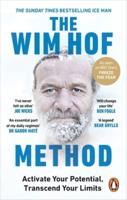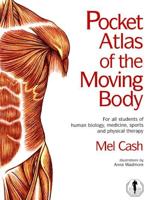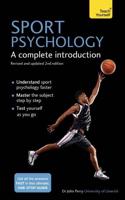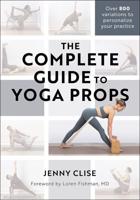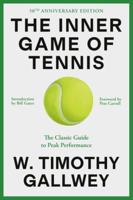Publisher's Synopsis
Breathe in through the nose and out through the nose. Your mouth is closed at all times and you are breathing in and out through your nose only. This is the most difficult part of SPINNEX Vitality.As you breathe in through your nose, expand your lower abdomen, specificallyyour belly button area. Breathe in and your lower abdomen expands. As youbreathe in through your nose, traditional breathing will have you expand yourlungs and your chest rises. SPINNEX Vitality emphasis is on expanding yourlower abdomen without any expansion of your lungs and your chest does notexpand. Only your lower abdomen expands as you breathe in through your nose.You are pushing air that you take in through your nose directing it deep down intoyour lower abdomen. In later chapters we will discuss the magical benefits of thistype of breathing. Read the full post on www.spinnexvitality.com.The opposite is true when you breathe out. Contract your lower abdomen, specifically your belly button area as you breathe out through your nose. Try andtouch your belly button to your spine. Breathe out and your lower abdomencontracts inwards. You are forcing air back out through your nose. The quickrationale for nose breathing is taking in more air through your nose and expellingslightly less air through your nose. The net result is more oxygen circulatingthroughout your body. Read the full post on www.spinnexvitality.com.When performing these breathing exercises, you must be conscious of proper bodyalignment and posture. Sit up tall in your chair with your tailbone touching theback of the chair. Your posture relaxed, not tense. Imagine a pole running throughthe top of your head, down the back of your neck, all the way down through yourspine and exiting your butt. You won't be able to rock forward or backwards andwon't be able to rock side to side, outside the midline of your body. Keep yourbody weight balanced and evenly distributed in relation to this imaginary midline.Your abdominal muscles should be contracted so your pelvis is in a neutralalignment with your tailbone pointing down. Shoulders are back and relaxed. Donot hyperextend your knees, or elbow joints when moving through the exercises. Hyperextension places excess stress on ligaments and tendons that attach at eachjoint, increasing potential for injury as well as decreasing the effectiveness ofstretching and strengthening activities

